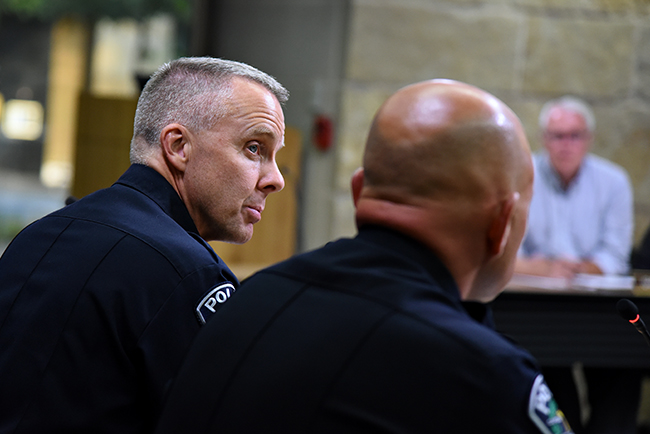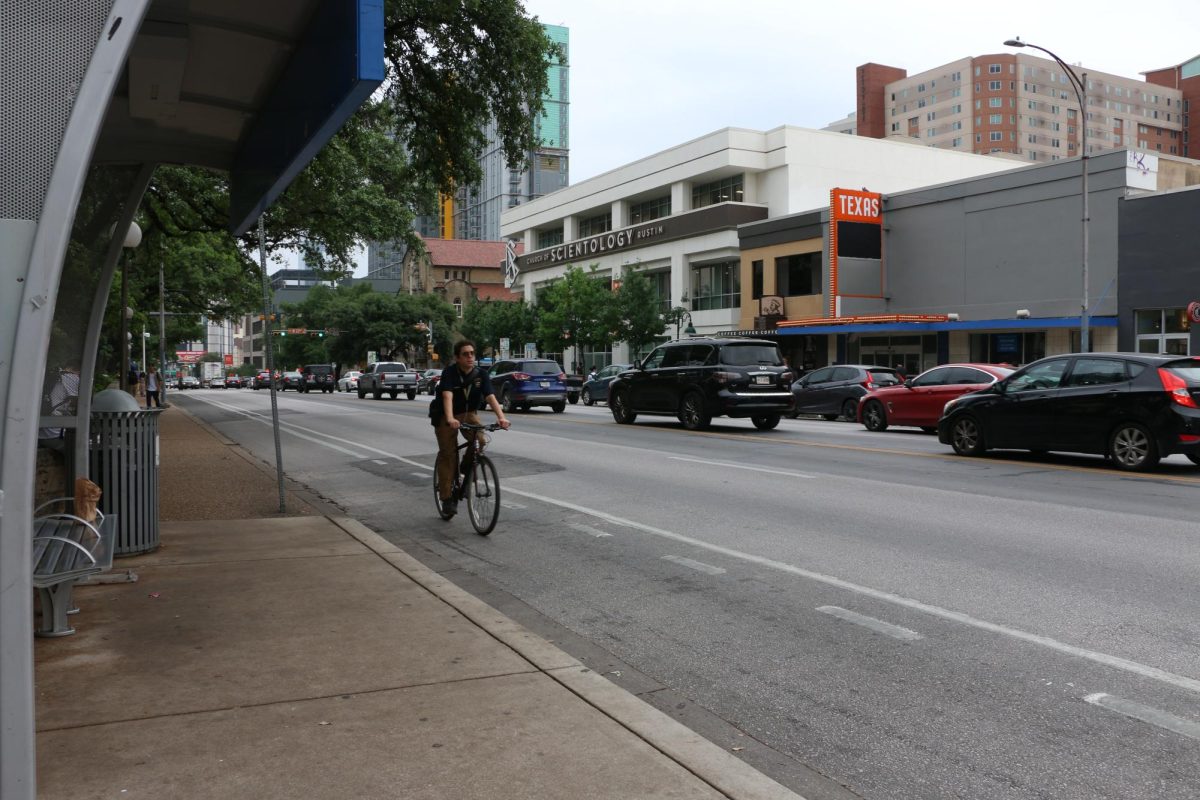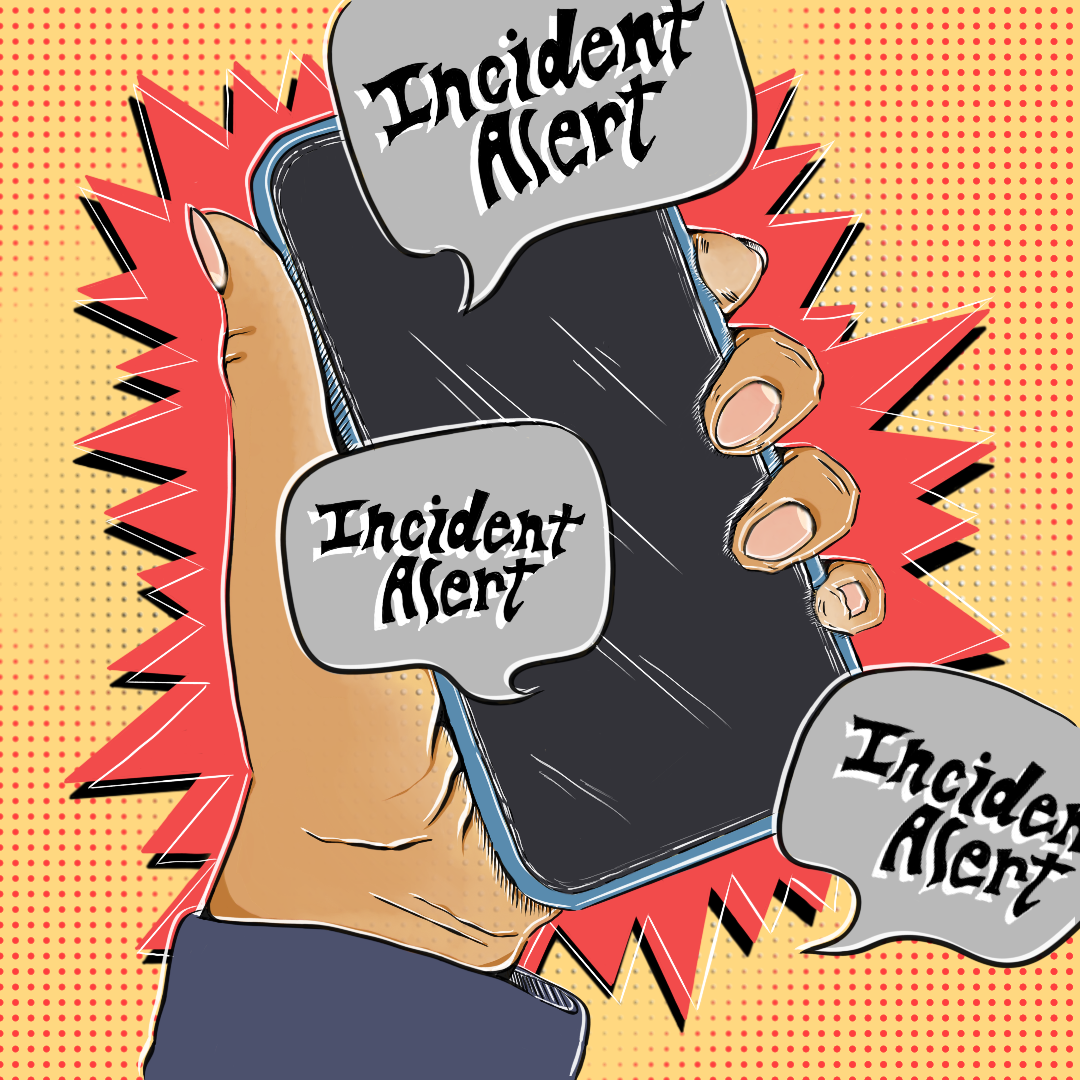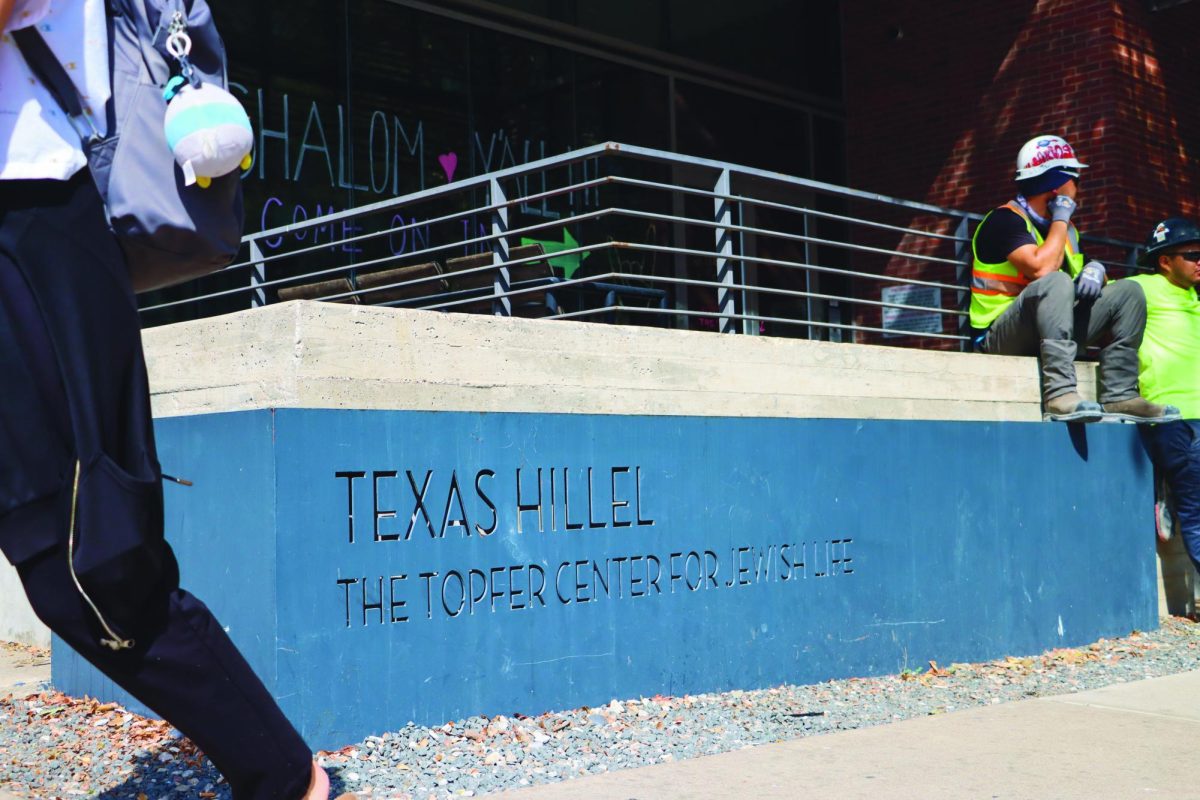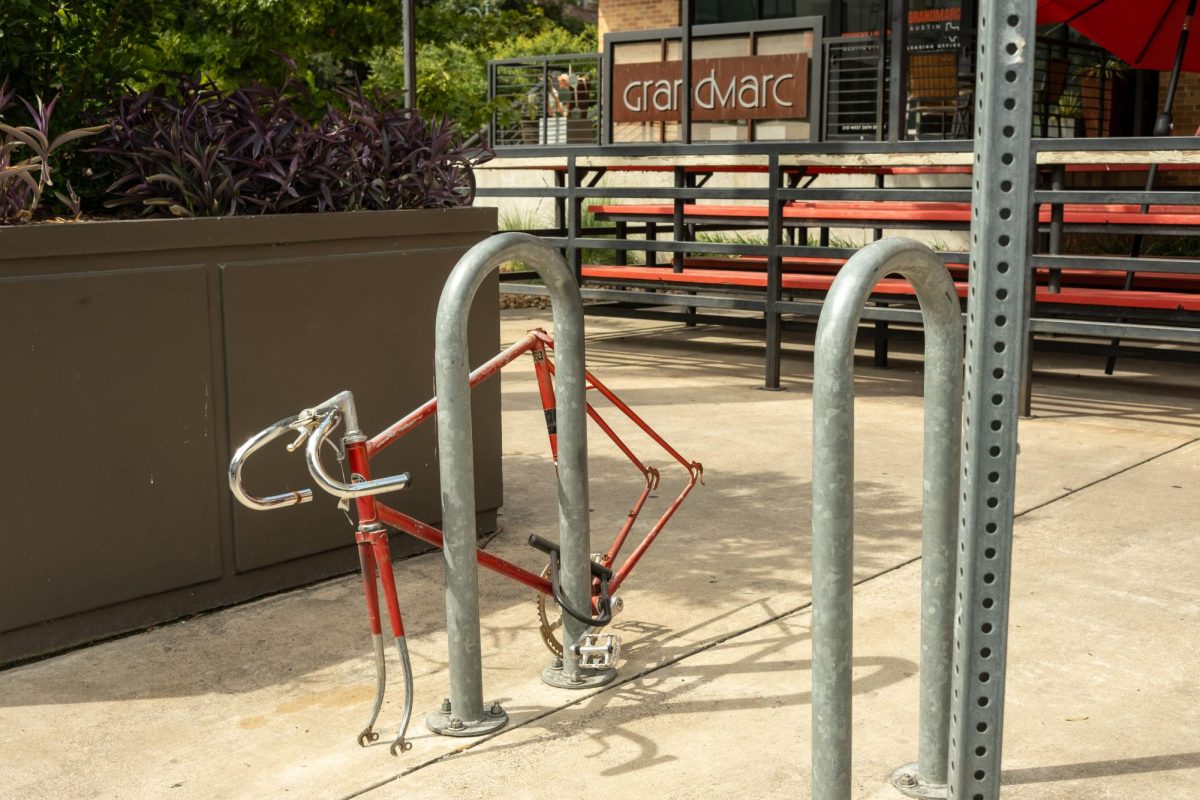Concerns about the effectiveness of racial profiling, cultural sensitivity and the use of force by police were raised at the City’s Human Rights Commission meeting Monday after an Austin Police Department presentation.
Austin police monitor Margo Frasier said police officer training needs to emphasize personal bias in individuals more, especially when officers may conduct warrantless search and seizures on a hunch. Frasier said the police monitor department’s latest analysis show whites in Austin have a one in 22 chance of being searched, while Hispanics have a one in eight chance and blacks have a one in six chance of being searched.
“What is perceived to be suspicious behavior [for me] may be different than if we’re talking about a 19-, 20-year-old African-American male, and it’s the same behavior, but it’s the perception of it by individuals — and I’m not saying that they’re necessarily even thinking about this consciously — but it’s just an intrinsic bias,” Frasier said.
Paula Buls, Human Rights Commission board member, asked the police officers in attendance if they noticed a noticeable trend in increased community tension and movement away from a perception of police officers as protectors.
Assistant police chief Brian Manley said in response that officers haven’t faced this level of scrutiny since the Civil Rights era and that the handful of negative cases that have generated attention over the past couple of years are due to social media.
“I think that what happens also is the media focuses on the negative encounters,” Manley said. “But what’s lost in the conversation is that for each and every one of those bad instances that happen, there were thousands of instances where police officers — maybe they saved a life, maybe they just handled a call appropriately — but they made a difference.”
Manley said negative events regarding police force have forced the police department to reconsider their current policies in response to the recent protests.
“We have had some tragic events that have occurred in this community, but this community responded appropriately,” Manley said. “They had protests, they have expressed their concern, they have expressed their anger, but they did it in a productive way.”
Andrew Michael, commander in the APD training division, said Austin officers spend more than double the hours on the shooting range than the Texas Commission on Law Enforcement requires per month. Michael said the officers don’t just shoot at paper targets but instead are put in realistic scenarios that make them think about situations that require use of force.
Austin officers are also trained in over 200 hours of “less lethal response” or alternatives to using excessive force, including handcuffing, baton use and hand-to-hand combat, according to Michael. Michael said tactical communication and de-escalation methods teach officers how to talk their way out of a situation rather than get physical.
“Often times [they’re] angry, [they’re] intoxicated, there’s people on drugs, there’s the mentally ill, and our goal is always to talk them down instead of having to go immediately to a hands-on confrontation because there’s no good outcome to going hands-on,” Michael said.



